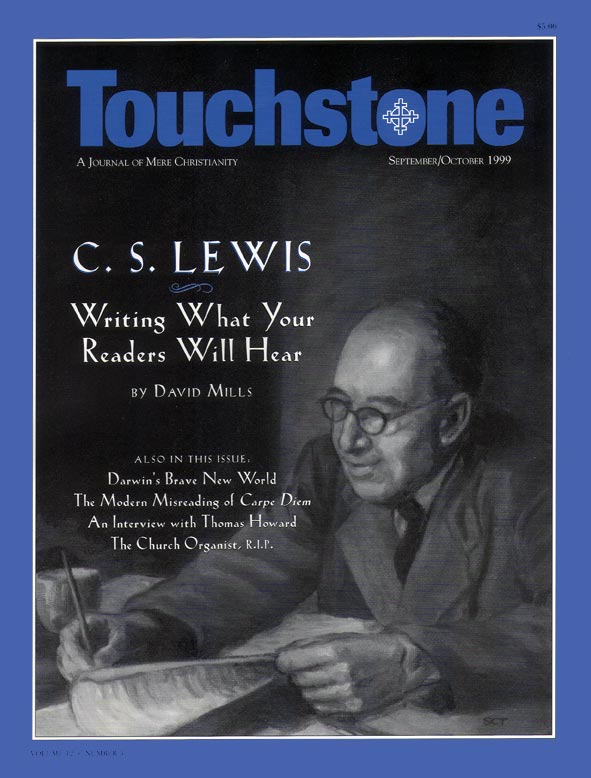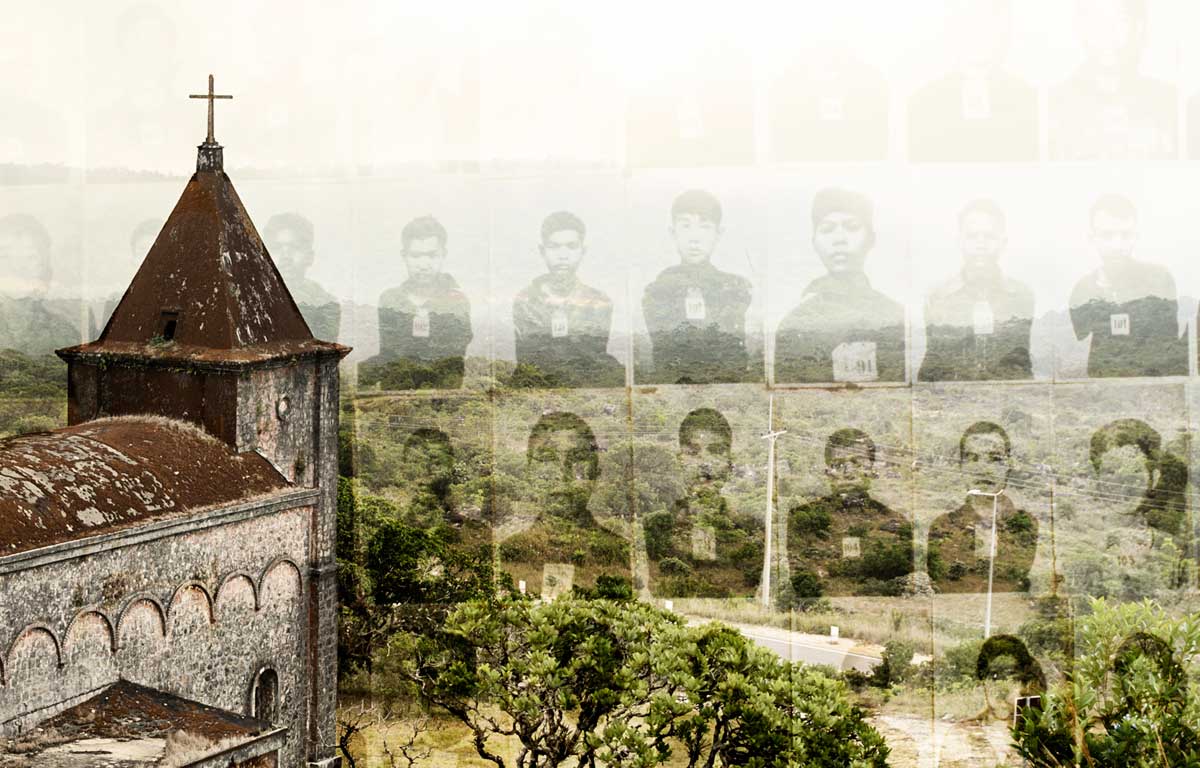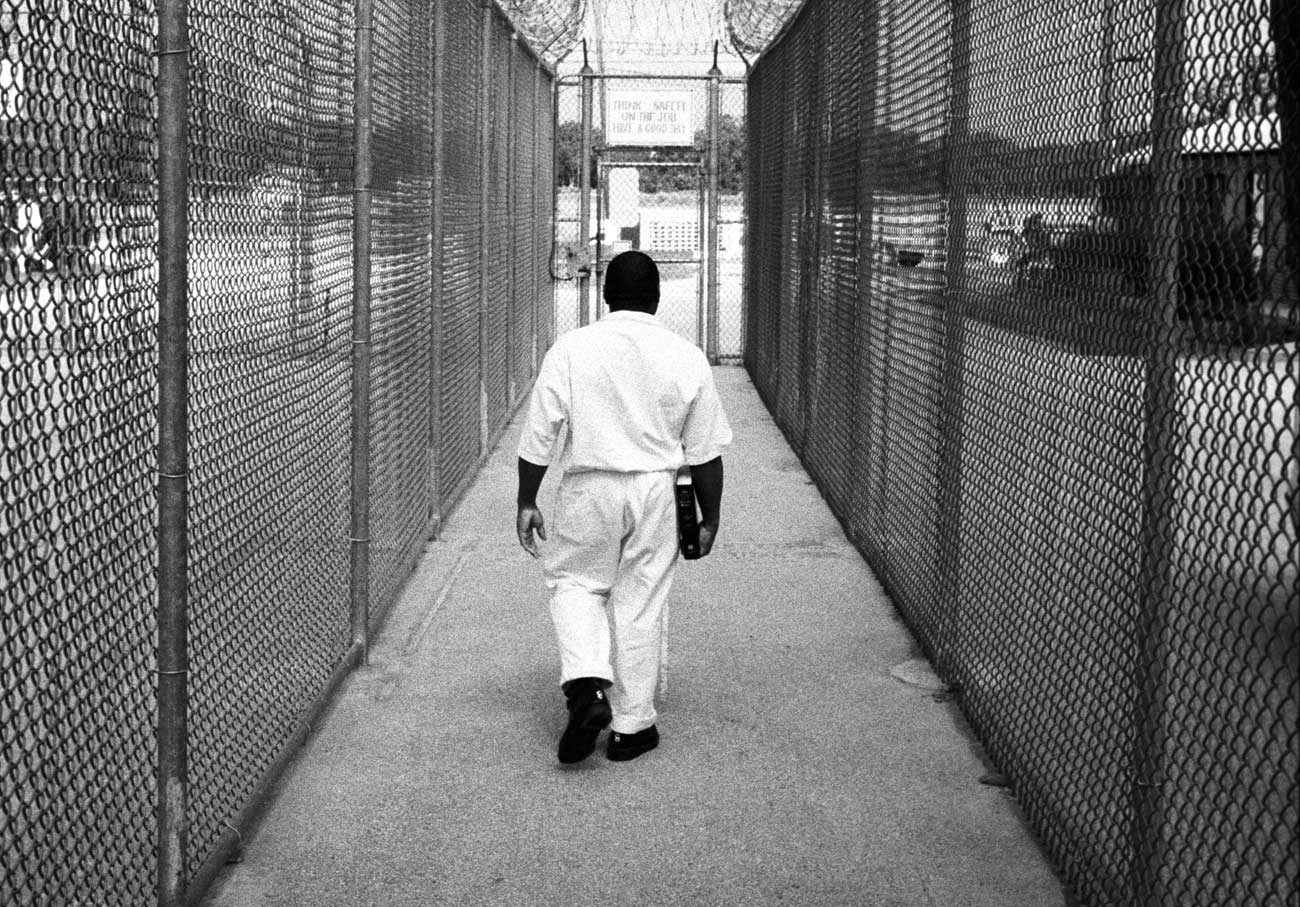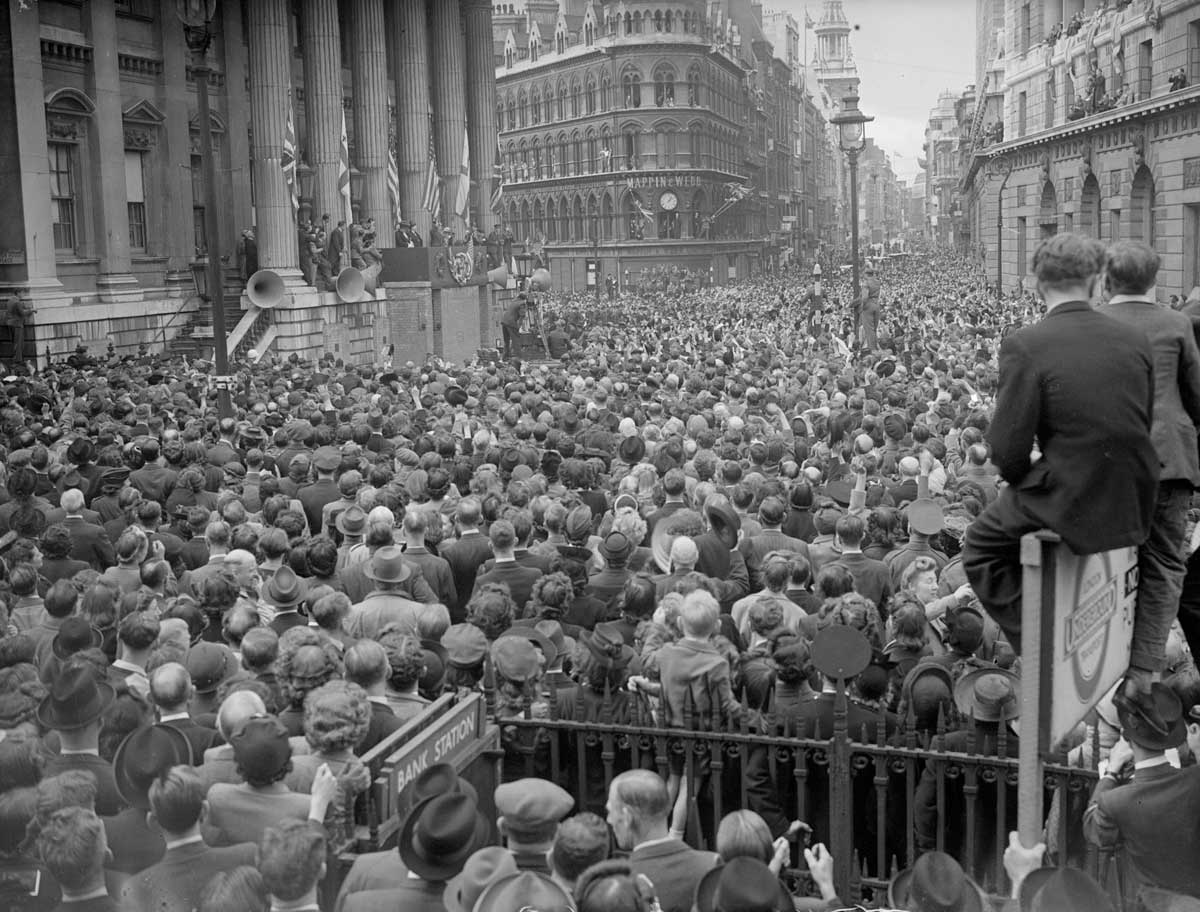Common Prayer, Common Faith
On the 450th Anniversary of the Book of Common Prayer
by Louis R. Tarsitano
It is a common error to think of the ancient and undivided Church as a monolith, as either a Christian equivalent of the Roman Empire or as simply the Roman Empire Christianized, later to be broken into pieces by schisms, reformations, nationalism, and so forth. This misunderstanding, in its fuzzy, romantic permutation, does justice neither to the Church nor to the Empire, ignoring the known facts about the complexity of both.
Furthermore, this prejudice, in its political or institutional version, obscures the actual history of the ancient Church by imposing upon it the political ideologies of the last few centuries. After all, the logic runs, what can “unity” mean except for homogeneity, conformity, and a strong central government to enforce them universally?
But “one size fits all” was not the way of the ancient Church. As basic a matter as the timing of baptisms will serve as a good demonstration of tolerated regional differences within the undivided Church. Although it is a commonplace to say that the early Church normally administered the sacrament of baptism only on Easter Even, as part of the Vigil and first service of Easter, this is not an entirely accurate description of early practice.
In northern latitudes, as in Britain, the weather at Easter was often cold enough to make mass public baptisms either unsafe or at least very uncomfortable. Thus, it became the British practice to postpone baptisms fifty days, until warmer weather and the Eve of Pentecost. The Anglo-Saxon migration of the fifth century and the seventh century agreement by the English Church to adopt the general polity and calendar of the Western Church on the Continent left this custom in place. In ecclesiastical English, the feast of Pentecost still retains the alternative Anglo-Saxon title “Whitsunday,” from the white robes of baptismal “candidates” (literally, in Latin, “those dressed in white”).
Such minor differences in local liturgical practices abounded in the undivided Church for a thousand years, without causing division. Even when division came, sometimes invoking these differences as a major or minor cause, it is interesting to note that the blocs of national and regional churches that remained in communion with one another continued to tolerate a fair amount of local diversity among themselves.
Some Necessary Definitions
To make sense of all this, we need to understand a few technical terms. There is, first of all, the common prayer—the basic order and content of the public worship of the undivided Church. The common prayer is the universal worship of the one, holy, catholic, and apostolic Church confessed in the ecumenical Creeds.
Second, there is the use or rite—the local or regional expression of the common prayer, in whatever language, along with the associated customs or ceremonial. To the casual or untutored observer, these “uses” may appear very different. Nevertheless, anyone who knows even one of the historic uses well, and understands its relation to the whole Church’s common prayer, can generally make sense of any of the other historic uses, even if it is conducted in a language unknown to him.
Last, there is the formulary—the written guide or model that maintains both the general form of the common prayer and the particular form of the local use, objectifying them for the purposes of fidelity and discipline. The formularies are the prayer books and missals that direct the priests at the altar and the congregations that they serve.
Louis R. Tarsitano (d. 2005), a former associate editor of Touchstone, was a priest of the Anglican Church in America and rector of St. Andrew?s Church in Savannah, Georgia. He also was the co-author, with Peter Toon, of Neither Archaic Nor Obsolete: The Language of Common Prayer & Public Worship (Brynmill Press, Ltd., 2003).
bulk subscriptions
Order Touchstone subscriptions in bulk and save $10 per sub! Each subscription includes 6 issues of Touchstone plus full online access to touchstonemag.com—including archives, videos, and pdf downloads of recent issues for only $29.95 each! Great for churches or study groups.
Transactions will be processed on a secure server.
more from the online archives
calling all readers
Please Donate
"There are magazines worth reading but few worth saving . . . Touchstone is just such a magazine."
—Alice von Hildebrand
"Here we do not concede one square millimeter of territory to falsehood, folly, contemporary sentimentality, or fashion. We speak the truth, and let God be our judge. . . . Touchstone is the one committedly Christian conservative journal."
—Anthony Esolen, Touchstone senior editor










